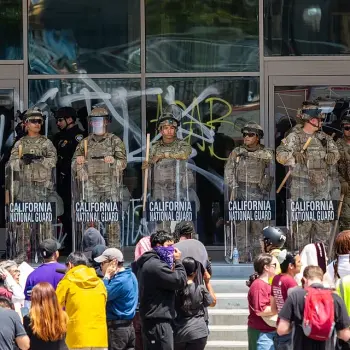A Kaiser study has found that 57% of the 8 million who have signed up for Obamacare were previously uninsured. Supporters of the Affordable Care Act are hyping that number, since other studies found that only 26% to one-third of the enrollees had been uninsured. But let’s accept the higher figure and then do the math.
57% of 8 million is 4,560,000. But according to the statistics put out in the health care debate, 46 million Americans are uninsured. That’s just under 10% of the people who lack health care! 41,440,000 still don’t have it, despite the Obamacare revolution.
To be sure, the 46 million includes children, many of whom are doubtless covered by Obamacare family plans. But still, only a fraction of the population whose problems the Affordable Care Act was designed to solve is going to be covered. Optimistic supporters of Obamacare project that when fully implemented the program will cover only 60% of the uninsured. That still will leave a huge number.
The Kaiser study also revealed that of the 8 million who signed up for Obamacare the percentage receiving a federal subsidy is 85%. That means the program will be costing taxpayers a lot of money.
How is this a successful program?
From Most Obamacare exchange enrollees were previously uninsured, survey finds – The Washington Post:
Fifty-seven percent of people purchasing exchange coverage said they were previously uninsured, with most (71 percent) reporting that they didn’t have coverage for at least the past two years. Just 16 percent said they bought an exchange plan to replace individual coverage.
People in exchange plans make up about 48 percent of individual health insurance market, according to Kaiser. Another 16 percent purchased new health plans outside the exchange, likely directly through an insurer or broker.
About three in 10 people who buy their own insurance are enrolled in plans that don’t comply with the new ACA coverage requirements. This population includes people whose plans were granted grandfathered status, were renewed early or received a temporary extension under a transitional White House policy allowing people to keep their plans.
Affordability remains a major concern for people in the individual market. About 14 percent of those in new health plans — which includes exchange and non-exchange coverage — said it is “very difficult” to pay their monthly premium, while another 29 percent said it is “somewhat difficult” to pay each month.
Kaiser’s survey findings suggest that many don’t realize they’re receiving federal assistance to purchase insurance. Just 46 percent of people with exchange coverage reported receiving monthly help from the federal government to pay their premiums — much less than the 85 percent who actually received premium subsidies, according to the Department of Health and Human Services. On average, federal subsidies had reduced premium payments by 76 percent for people enrolled in exchange plans, HHS reported on Wednesday.










